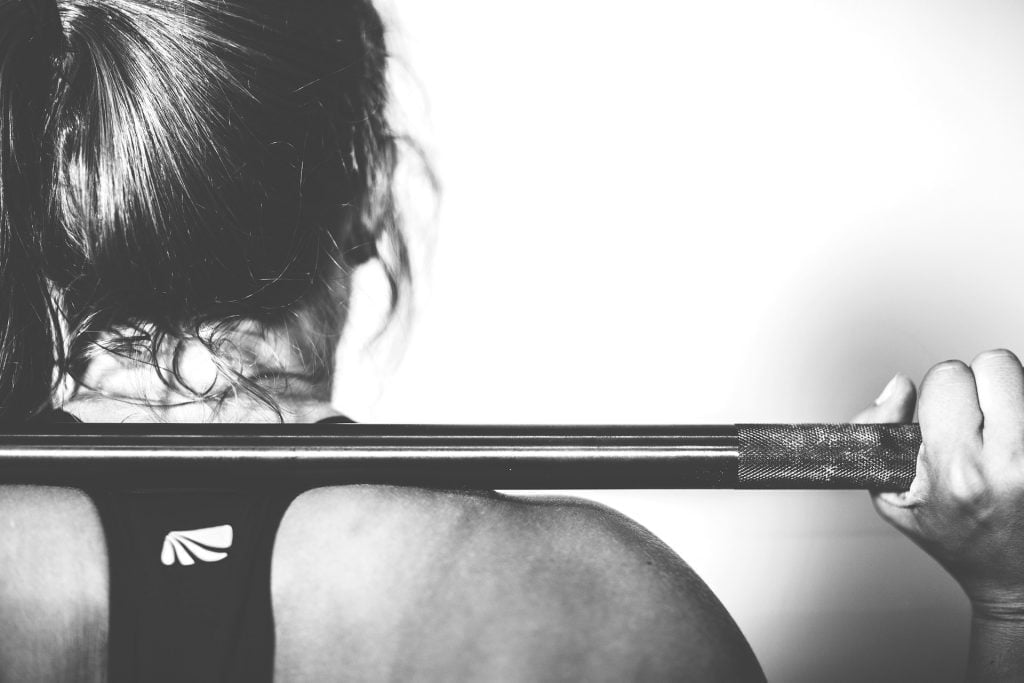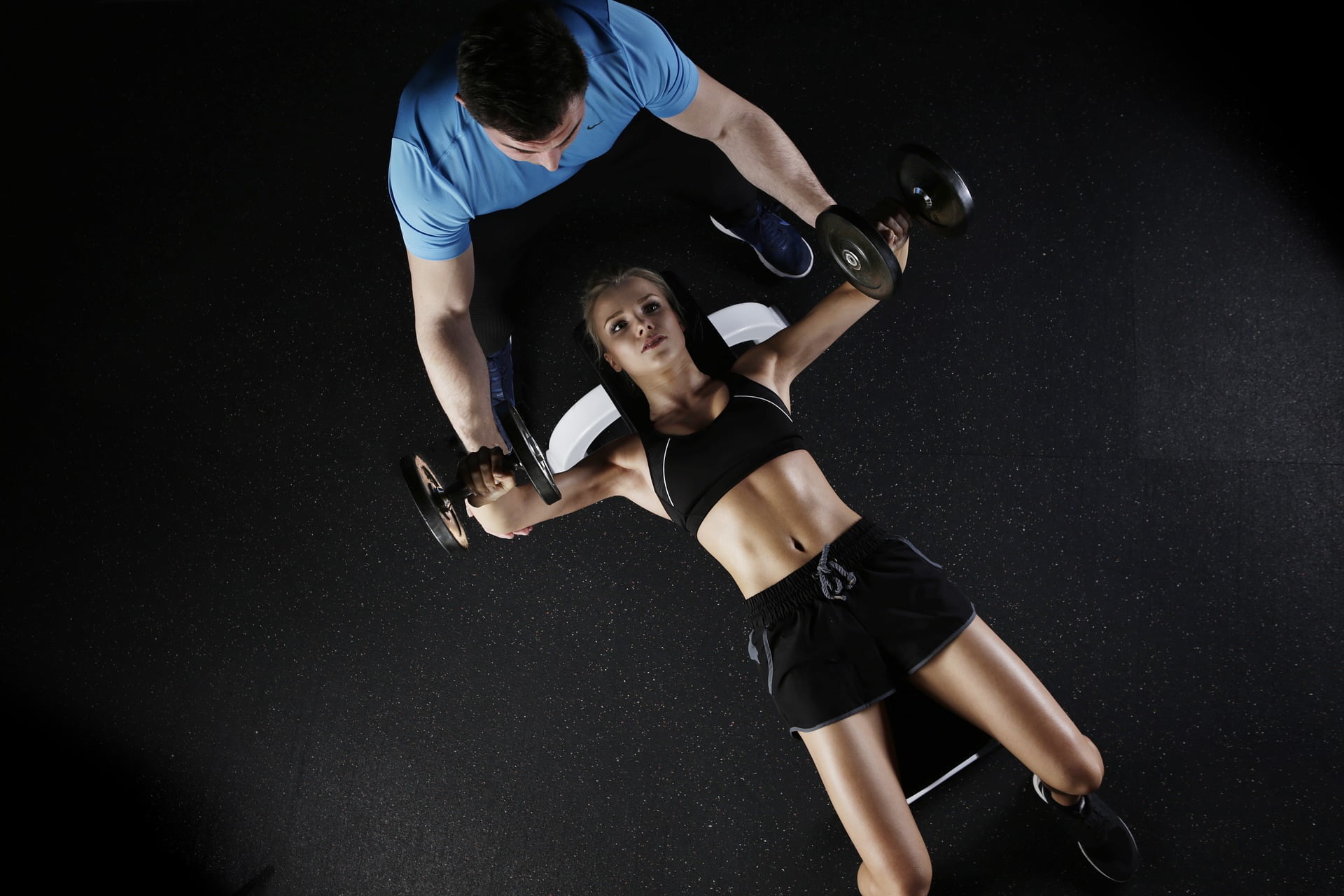Truthfully, basic movement pattern classification is just a way to be able to categorise exercises according to their movement demands which makes it easier for coaches to identify which exercises are suitable for an athlete or client’s program. Matt Tyson, Head S&C of Wyong Roo’s Rugby League and owner of Kingdom Strength and Conditioning, elaborates further on how to classify and utilise basic movement patterns.
“Though exercises can be classified in a number of ways, it is best to keep it simple and categorise exercises based on the movement direction of the exercise. Thus, the categories of my movement classification system are (with examples):
- Horizontal Push: Exercises that have you move weight straight away from your body. i.e push ups, bench press, single arm bench press, Med ball chest throw.
- Horizontal Pull: Exercises that have you move weight straight towards your body. i.e Inverted row, Dumbbell bench back row, Barbell bent over back row, Pendley back row.
- Vertical Push: Exercises that move the weight vertically over head or towards that direction. i.e Push Press, Military press, Incline Bench press, Seated shoulder press.
- Vertical Pull: Exercises that move the weight vertically towards the body. i.e Chin ups, Pull ups, Lat pull down.
- Squat: Exercises that create hip hinge and knee flexion movements thus working the entirety of the lower body. i.e Back squat, Front Squat, Single leg squat, Box squat, Trap bar deadlift.
- Hinge: Exercises that create a hinging motion at the hip, that keep the shins vertical with little movement. i.e Romanian Deadlift, Single leg deadlift, Deadlift, Kettlebell Swings, Cable pull throughs.
- Split stance/single legged: Exercises that have your legs split apart to perform the movement or perform a movement single legged (can also include any hinge single legged exercises). i.e Lunge, split squat, Rear elevated split squat, Step ups.
Trunk movements can also be broken down into certain categories. The three I like to use are:
- Anti-flexion/Anti-extension: Exercises that challenge the muscles to prevent flexion OR extension of the torso, increasing the stiffness and stability of the spine. i.e Deadlifts, Squats, Bent over row, Military Press, Push ups, Plank Variations
- Anti-lateral flexion: Exercises that challenge the muscles to prevent lateral flexion of the torso, increasing the stiffness and stability of the spine. i.e Farmers walks, Suitcase carry, Single arm overhead press.
- Anti-Rotation: Exercises that challenge the muscles to prevent rotation, increasing the stiffness and stability of the spine. i.e Pall-off press, Landmine Rotations.
As stated above, this classification system can be broken down into even more detail however to allow you to quickly apply this to your training program, I will leave it at this.
Now you have some basic knowledge on classifying exercises you can now start to create an overall effective resistance training program. The next thing after choosing which exercises that you are going to perform, is deciding what rep and set scheme you apply. This will be determined by your goals and sport you play, to allow you to perform at your best all year round.
If you would like to further assistance please contact Physio Connex or direct message me through social media channels.”
Written by Matt Tyson,
Kingdom Strength and Conditioning



